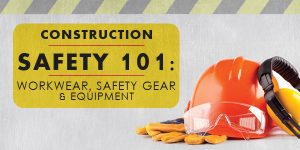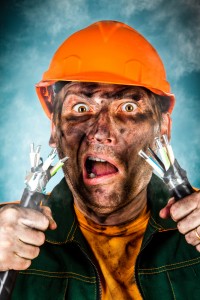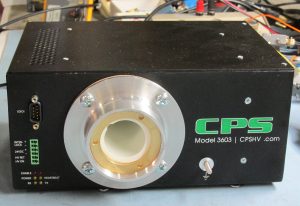Safety Tips to be followed by everyone having small kids in house
We all go through several articles and blogs about general safety, workplace safety, traveling safety, etc but hardly have we seen safety tips for kids inside your house. There is a huge misconception in people’s mind that if the kid is in the house he/she is absolutely safe. You guys will have to come out of that bubble as your kids are most insecure when they are inside your house.
When kids are around you inside the house you get a bit care free and relaxed neglecting lots of safety concerns that can cause really bad damage to your small kids. Safety starts at your own house is a true thing, keeping your kids secure a home will help them learn a lot as they will be able to differentiate between the threats and harmless things. Here is the list of safety precautions that everyone having small kids in house must take:
- Cover all the extra sockets: we all must be having lots of switch boards in our house and majority of them are not even used. If you have small kids and your switchboards having sockets are at a lower level where your kid can easily reach so make sure you cover all those sockets with the appropriate amount of tape or else your kid might get current from it. You can use the sockets that are on the higher level. Also make sure you don’t leave your chargers plugged in the socket.
- Make sure your balcony is covered: no matter you live in an apartment or a bungalow you must be having a terrace or a balcony. It is very important that you cover the terrace or balcony nicely so that it doesn’t ruin your home’s beauty and also it gets secured. There is a high chance of small kids falling down from terrace or balconies, so it is always better to take timely precautions rather than curing it later.
- Get a door fixed next to the stairs: if you live in a one unit house and you have stairs in your house then you have to be extra careful with your toddlers as they do not have enough sense about the stairs. Make sure you block your stairs with a beautiful small wooden door, you can get one customized according to your interiors as it will not look bad and will also fulfill your safety needs. These doors can also be temporary so you can get rid of them as soon as your kids grow up. This will prevent your small kids from falling down the stairs.
- Don’t keep your straighteners and tongs on the floor: many young mothers make this mistake of leaving their witched on tongs and straighteners on the floor without realizing that their kids are crawling and roaming in the house so they can get their hands or body burned by touching it. Small kids obviously don’t know what a tong or a straightener is or what a scented candle is. All these things are attractive for small kids and they will want to grab it.
- Keep your electrical stuff out of reach: any electrical stuff in your house should be kept far away from your kid’s reach. May it be beauty products; chargers, kitchen products or whatever is it in your house keep it on a higher level where your kids cannot reach. There have been so many cases observed in different countries where kids lose their lives just because of their parent’s carelessness. Of course you don’t want to be one of them, so make sure that you take this precaution and keep your kids safe from any incident.
- Make sure your kids don’t reach any chemicals, bleach, finyle, etc: apart from all the electronic things in your house there are lots of other things that should not be in your kid’s hands. You might be having different cleaning chemicals, hair chemicals, and other hair products, you might also be having finyle, colors, paints, polish, perfumes, and so on, make sure all these things are kept on a higher level where your kid cannot reach or if it’s even on the lower level in the cupboard or cabinet then make sure its locked all the time until and unless it is not being used.
Above mentioned are very simple and minor things that are ignored by many people and because of this small kids have to suffer a lot. You should always take precautions instead of getting your kids and yourself in trouble.
Author Bio: David J. Paul is an engineer by profession and a lecturer by passion at Assignment Help Online. He has conducted hundreds of training and safety sessions in his career of seventeen years.


